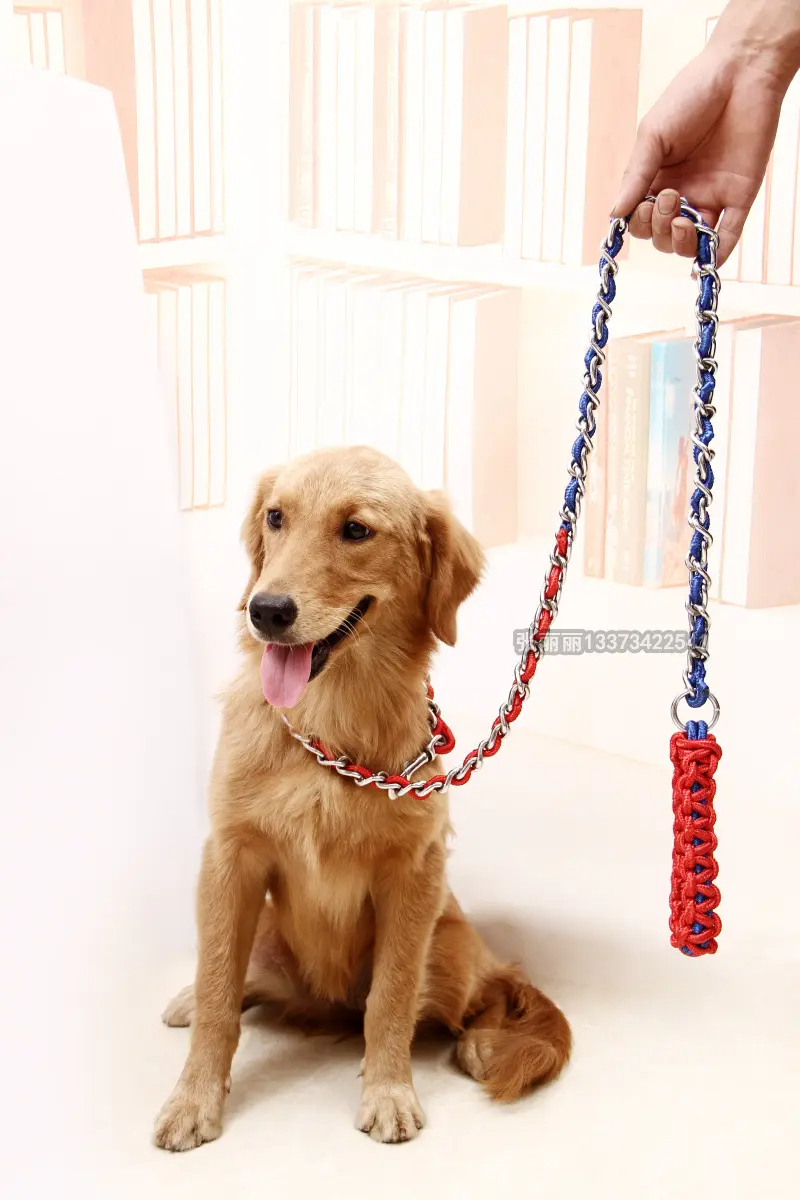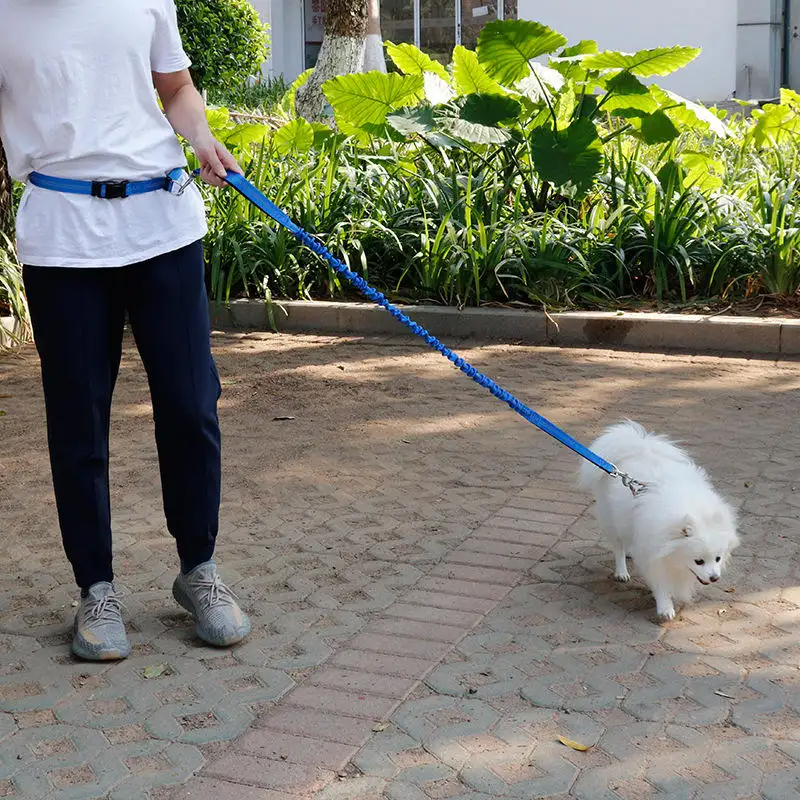Leash Training Woes: How to Help Your Puppy Overcome Fear
Introducing your new puppy to leash training is an essential step in their development and an opportunity to bond with your furry companion. However, some puppies may exhibit fear or reluctance when it comes to walking on a leash, making the training process challenging. In this comprehensive guide, we’ll explore the reasons behind leash training woes and provide practical tips and techniques to help your puppy overcome fear and become a confident walker.

Understanding Leash Training Fear: Common Causes
Before diving into solutions, it’s crucial to understand why puppies may experience fear or anxiety during leash training. Several factors can contribute to leash-related fear, including:
- Lack of Exposure: Puppies who have not been properly exposed to leashes and walking equipment may perceive them as unfamiliar or threatening objects.
- Negative Experiences: Previous negative experiences, such as harsh handling or frightening encounters while on a leash, can create fear and anxiety associated with leash walking.
- Sensitive Temperament: Some puppies have naturally sensitive temperaments and may be more prone to fear or anxiety in new or unfamiliar situations.
- Environmental Factors: Loud noises, crowded streets, or unfamiliar surroundings can trigger fear responses in puppies, making leash walking a daunting experience.
By identifying the underlying causes of leash training fear, you can tailor your approach to address your puppy’s specific needs and concerns.

Building Positive Associations: The Foundation of Successful Training
One of the most effective ways to help your puppy overcome leash training fear is to build positive associations with the leash and walking experience. Here are some strategies to achieve this:
- Desensitization: Gradually introduce your puppy to the leash in a controlled and positive manner. Start by placing the leash near your puppy’s favorite resting spot or incorporating it into playtime activities. Gradually increase exposure over time, rewarding calm and relaxed behavior with treats and praise.
- Counterconditioning: Pair the presence of the leash with something your puppy loves, such as treats or toys. Whenever you bring out the leash, offer a high-value reward to create a positive association. This helps your puppy learn that the leash predicts good things and reduces fear or anxiety.
- Patience and Consistency: Leash training takes time and patience, so be consistent in your approach and avoid rushing the process. Break training sessions into short, manageable intervals and celebrate small victories along the way. With patience and consistency, your puppy will gradually become more comfortable with the leash.
- Use Positive Reinforcement: Reward your puppy for desired behaviors, such as walking calmly on the leash or approaching the leash willingly. Use treats, praise, and affection to reinforce positive behavior and encourage your puppy to continue making progress.
By focusing on positive reinforcement and gradually exposing your puppy to the leash in a positive and supportive environment, you can help them overcome fear and develop confidence in their leash walking abilities.

Gentle Introduction to Leash Walking: Step-by-Step
Once your puppy has started to develop positive associations with the leash, you can begin introducing them to leash walking in a gentle and supportive manner. Here’s a step-by-step guide to get you started:
- Harness or Collar Fitting: Ensure your puppy is wearing a properly fitted harness or collar before attaching the leash. A well-fitting harness provides more control and reduces the risk of injury compared to a collar, especially for puppies with delicate necks.
- Indoor Practice: Start leash training indoors in a quiet, familiar environment free from distractions. Attach the leash to your puppy’s harness or collar and allow them to explore while dragging the leash behind them. Use treats and encouragement to motivate your puppy to move with the leash.
- Short Walks: Once your puppy is comfortable with the leash indoors, transition to short walks outdoors in a low-stress environment, such as your backyard or a quiet neighborhood street. Keep the walks brief initially, focusing on positive reinforcement and praise for walking calmly on the leash.
- Gradual Exposure: Gradually expose your puppy to different environments, surfaces, and distractions as they become more confident on the leash. Start with quiet, familiar settings and gradually introduce new challenges, such as busier streets, parks, or crowded areas, at your puppy’s pace.
- Patience and Encouragement: Be patient and supportive throughout the leash training process, offering plenty of encouragement and praise for your puppy’s efforts. Use gentle guidance and positive reinforcement to redirect unwanted behaviors and reinforce desired behaviors.
By taking a gradual and positive approach to leash walking, you can help your puppy build confidence and develop the skills they need to become a happy and well-adjusted walker.

Troubleshooting Common Challenges: Solutions for Success
Despite your best efforts, you may encounter some common challenges during leash training. Here are some solutions to address these issues:
- Pulling on the Leash: If your puppy pulls on the leash, stop walking and wait for them to calm down before resuming. Use treats and praise to reward loose leash walking and discourage pulling behavior.
- Fear of Noises or Distractions: If your puppy is fearful of noises or distractions while on the leash, try to avoid overwhelming environments and gradually expose them to new stimuli at a pace they can handle. Use treats and reassurance to help them feel safe and secure.
- Resistance to Walking: If your puppy refuses to walk on the leash, try using a favorite toy or treat to motivate them and encourage movement. Start with short walks and gradually increase distance as your puppy becomes more comfortable.
- Anxiety or Overstimulation: If your puppy becomes anxious or overstimulated while on the leash, take a break and allow them to relax before continuing. Use calming techniques such as gentle massage or deep breathing to help your puppy feel more at ease.
- Seek Professional Help: If you’re struggling to make progress with leash training despite your best efforts, consider seeking guidance from a professional dog trainer or behaviorist. They can provide personalized advice and support to address your puppy’s specific needs and challenges.
By addressing common challenges with patience, consistency, and positive reinforcement, you can overcome leash training woes and help your puppy develop into a confident and well-behaved walker.

Conclusion
Leash training is an essential skill for every dog, but it can be a daunting experience for puppies who are fearful or anxious. By understanding the underlying causes of leash training fear and using positive reinforcement techniques, you can help your puppy overcome their fears and develop confidence in their leash walking abilities.
Take a gradual and gentle approach to leash training, focusing on building positive associations with the leash and walking experience. Be patient, consistent, and supportive throughout the training process, and celebrate each small victory along the way. With time, patience, and plenty of love, your puppy will soon become a happy and confident walker, ready to explore the world by your side.









